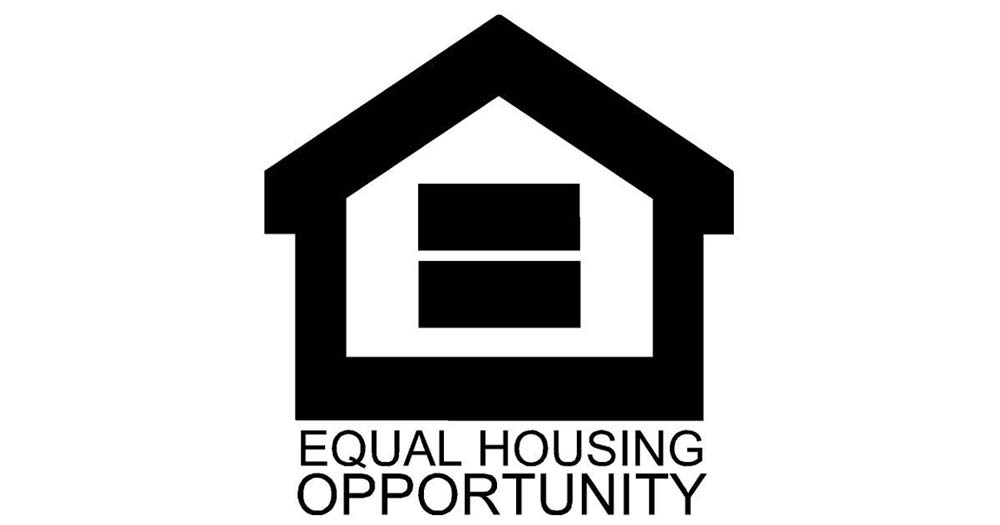The Department of Housing and Urban Development (HUD) operates on a national scale with many local branches. Each branch is staffed and funded very differently. Sometimes, they do not have the budget to accommodate fair housing assessments. To solve this inefficiency, HUD implemented a new approach to standardize Fair Housing expectations.
“It’s nothing new,” HUD spokesperson Brian Sullivan said in an interview with Street Sense. “The Fair Housing Act of 1968 is the genesis of this requirement.”
The Fair Housing Act of 1968, Title VIII of the Civil Rights Act of 1968, declares it illegal to refuse to rent or sell housing to someone based on race, religion, gender, sexual orientation, color, national origin, or familial status.
The new rule essentially simplifies and clarifies the act so that anyone who receives HUD funding is able to assess the fair housing of their communities, and react accordingly.
The previous application of the HUD rule was unevenly applied across the 1,200 local offices across the nation. This ruling gives communities the tools they need and the data to use them.
The final rule, released July 8, is called Affirmatively Furthering Fair Housing (AFFH). It gives every recipient of HUD money the Assessment of Fair Housing (AFH) tool and the data for each individual community which is needed to make the tool work. Before, regional HUD offices needed to collect their own data or hire an outside consultant to do so, which was expensive and unattainable for many local branches.








